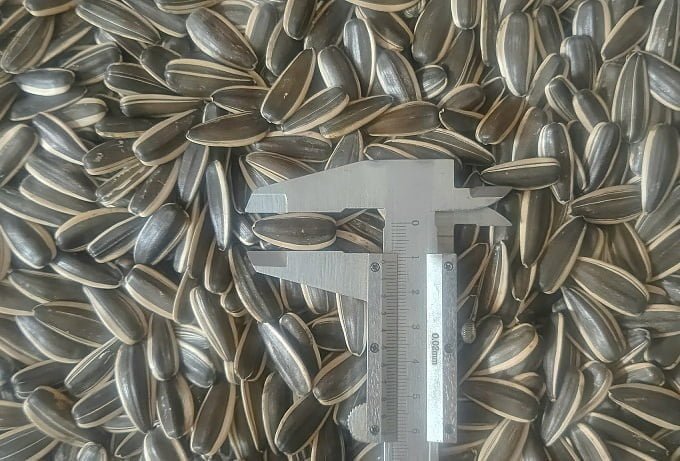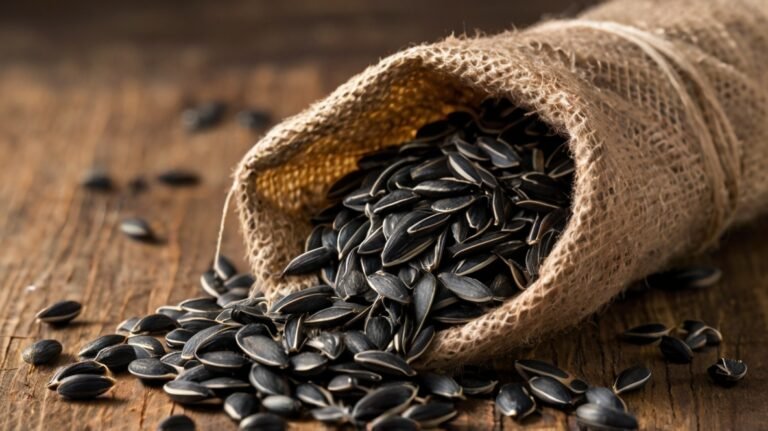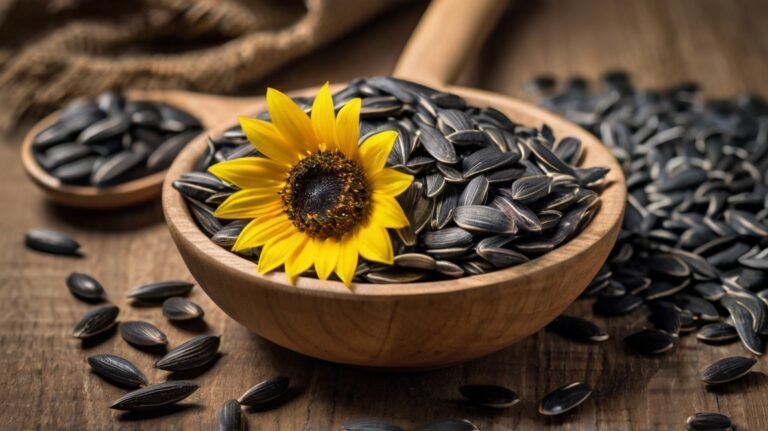Welcome to XingYi Trading's comprehensive guide on understanding the sunlight requirements for sunflowers. As experts in premium sunflower seeds, we know that proper sunlight is crucial for growing healthy, vibrant sunflowers. Whether you're cultivating our Premium 363 Sunflower Seeds, Tongqing No. 6 Sunflower Seeds, or 361 Premium Sunflower Seeds, this guide will help you harness the power of sunlight for optimal growth.

The Basics of Sunflower Sunlight Needs
Sunflowers are aptly named for their love of sunlight. These radiant plants thrive in full sun, requiring at least 6-8 hours of direct sunlight daily. Our premium varieties, like the Tongqing No. 6, are particularly sun-hungry, often benefiting from even more light exposure. Adequate sunlight ensures strong stem growth, vibrant blooms, and bountiful seed production.

Sunlight Requirements Throughout Growth Stages
Sunflowers' light needs can vary slightly throughout their life cycle. Here's a breakdown of sunlight requirements at different growth stages:
| Growth Stage | Daily Sunlight Needs | Notes |
|---|---|---|
| Seedling | 4-6 hours | Gradual exposure to prevent scorching |
| Vegetative | 6-8 hours | Full sun for strong stem development |
| Flowering | 8+ hours | Maximum sunlight for vibrant blooms |
| Seed Setting | 6-8 hours | Continued full sun for seed maturation |
Understanding these stages helps you provide optimal conditions for growing sunflowers from seeds to maturity.
Choosing the Perfect Sunny Spot
Selecting the right location is crucial for sunflower success. When planting our Premium 363 Sunflower Seeds or other varieties, consider these factors:
- Southern Exposure: Ideal for maximum sunlight in the Northern Hemisphere.
- Open Areas: Avoid planting near tall structures or trees that cast shadows.
- Reflective Surfaces: Utilize nearby light-colored walls or fences to increase light reflection.
- Wind Protection: While ensuring full sun, also provide some shelter from strong winds.
By carefully choosing your planting location, you set the stage for healthy growth and abundant sunflower seed harvests.

Adapting to Partial Shade Conditions
While sunflowers prefer full sun, some varieties can adapt to partial shade. If your garden doesn't offer full sun all day, don't worry! Our 361 Premium Sunflower Seeds can tolerate some shade, especially in hot climates. Here are some tips for growing sunflowers in less-than-ideal light conditions:
- Choose shorter varieties that require less energy to grow tall.
- Plant in containers that can be moved to follow the sun.
- Use reflective mulch to maximize available light.
- Prune nearby plants to increase sunlight penetration.
Remember, even in partial shade, aim for at least 4-6 hours of direct sunlight for healthy growth and seed production.
Sunlight and Sunflower Varieties
Different sunflower varieties may have slightly different sunlight preferences. Here's a quick guide to the light needs of our popular XingYi Trading varieties:
- Premium 363 Sunflower Seeds: Thrives in full sun, 8+ hours daily
- Tongqing No. 6 Sunflower Seeds: Prefers maximum sunlight, 10+ hours ideal
- 361 Premium Sunflower Seeds: Adaptable, performs well with 6-8 hours of sun
Understanding these preferences helps you choose the right variety for your specific garden conditions, ensuring successful growth and bountiful harvests for snacking, cooking, or attracting birds.

The Impact of Sunlight on Sunflower Health
Adequate sunlight doesn't just promote growth; it's essential for overall sunflower health. Here's how sunlight affects various aspects of sunflower development:
- Photosynthesis: Sunlight powers the process that converts light into energy for growth.
- Stem Strength: Proper light exposure prevents weak, leggy stems.
- Disease Resistance: Sunlight helps dry moisture on leaves, reducing fungal diseases.
- Nutrient Uptake: Sufficient light improves the plant's ability to absorb nutrients from the soil.
- Flower and Seed Development: Ample sunlight ensures large, vibrant blooms and well-filled seed heads.
By providing optimal sunlight, you're not just growing sunflowers; you're nurturing plants that will yield nutritious seeds packed with health benefits.
Maximizing Sunlight Exposure in Your Garden
To ensure your XingYi Trading sunflowers receive optimal sunlight, consider these strategies:
- Plan your garden layout to avoid taller plants shading sunflowers.
- Use trellises or stakes to support sunflowers and prevent bending away from light.
- Regularly prune nearby plants to maintain open light pathways.
- Consider using mirrors or reflective surfaces to redirect light in partially shaded areas.
- Rotate container-grown sunflowers to ensure even light exposure on all sides.
These techniques will help you create the ideal environment for growing robust sunflowers and enjoying a plentiful seed harvest.
Monitoring Sunlight and Adjusting Care
Observing your sunflowers' response to light conditions is key to successful growth. Look for these signs to gauge if your plants are receiving adequate sunlight:
- Leaf Color: Deep green leaves indicate sufficient light; pale leaves may signal insufficient sunlight.
- Stem Growth: Strong, sturdy stems suggest good light exposure; thin, elongated stems may indicate light deficiency.
- Flowering Time: Delayed blooming could be a sign of inadequate sunlight.
- Seed Development: Poor seed fill or smaller seed heads might result from insufficient light.
By staying attentive to these indicators, you can adjust care practices to ensure your XingYi Trading sunflowers thrive, producing beautiful blooms and nutritious seeds for your enjoyment.
At XingYi Trading, we're committed to helping you grow the most magnificent sunflowers possible. By understanding and meeting the sunlight requirements of our premium 363, Tongqing No. 6, and 361 Sunflower Seeds, you're setting the stage for a stunning garden and a bountiful harvest. Remember, when it comes to sunflowers, let there be light – and plenty of it!







